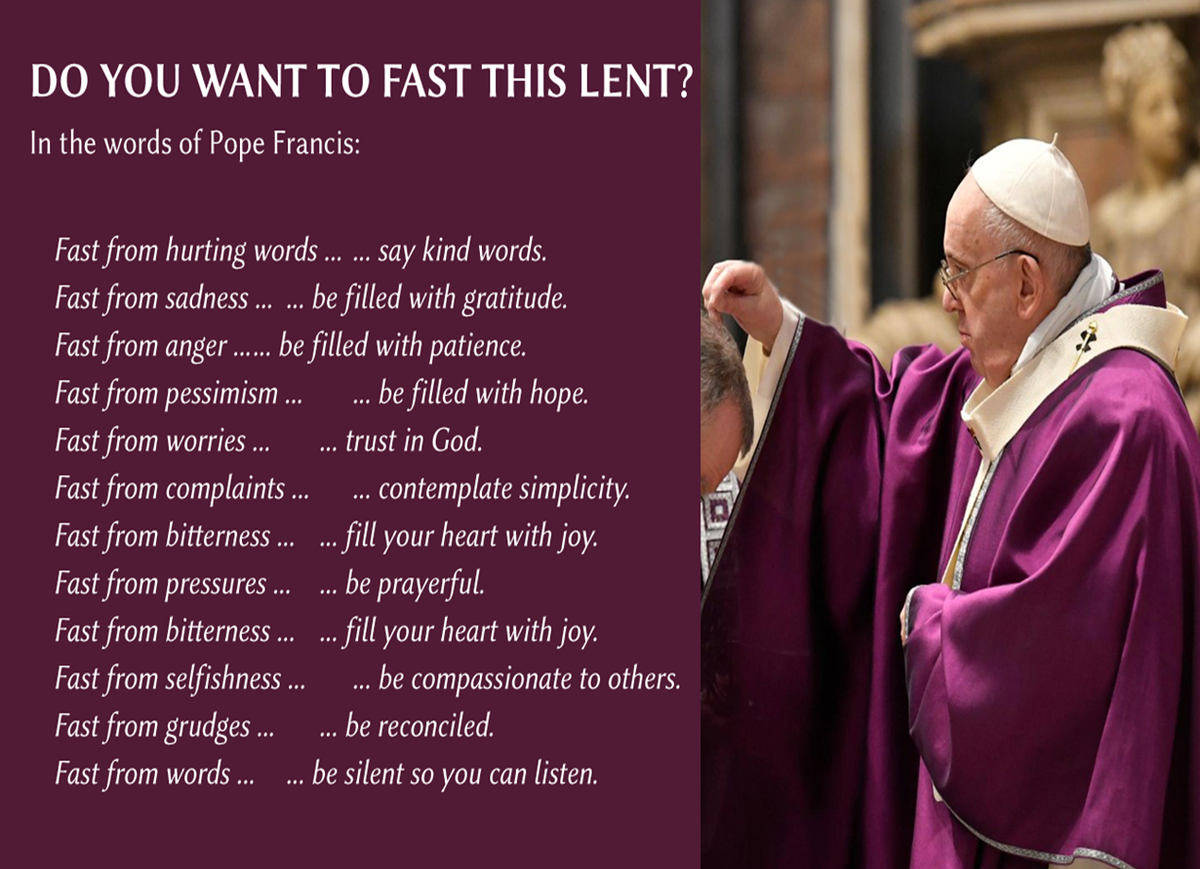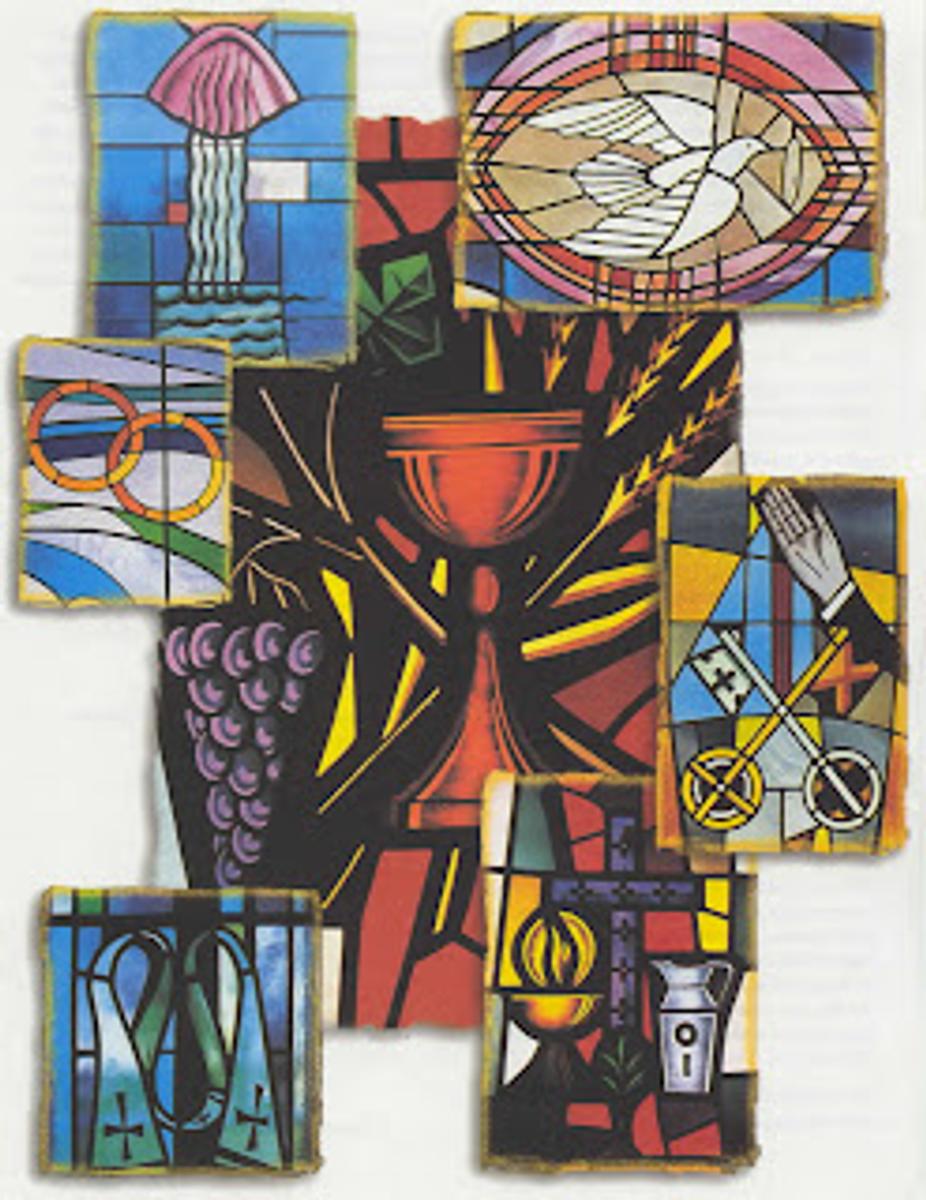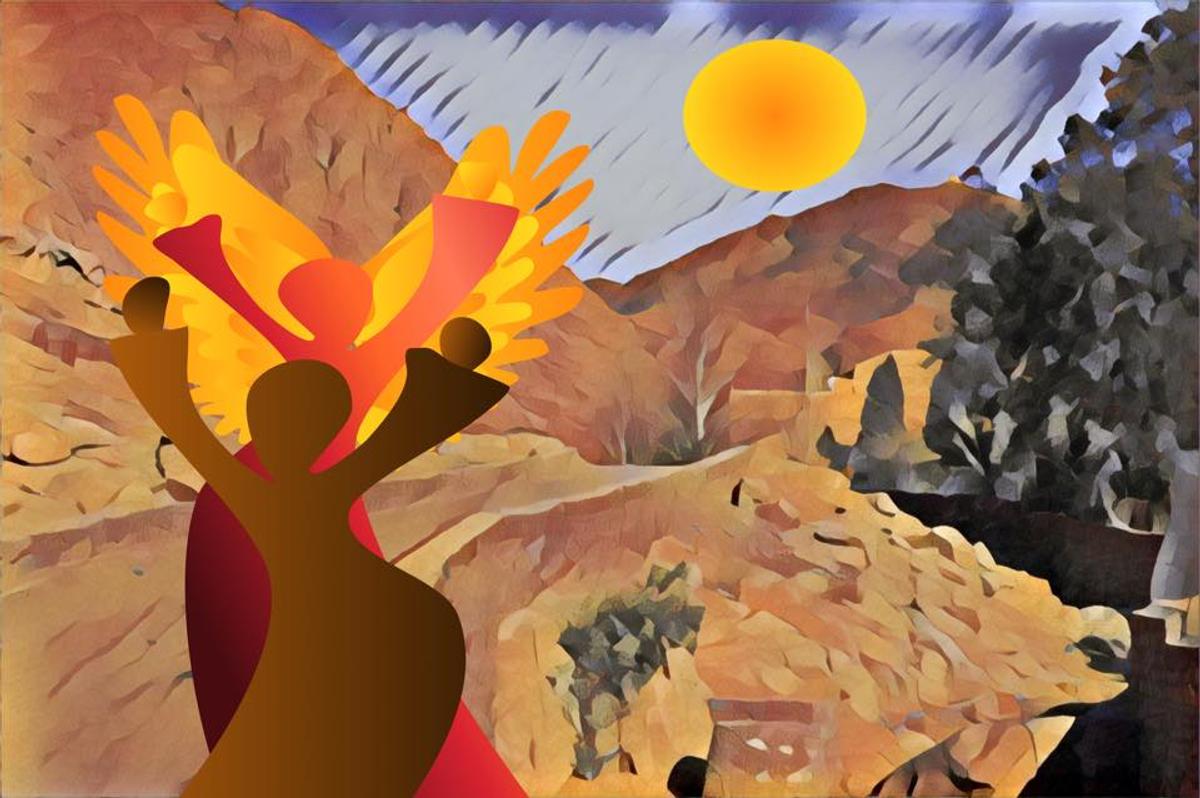Faith and Mission

Janeen Murphy
Deputy Principal Faith and Mission
Community Mass
Thank you to Year 12 students who prepared this morning’s liturgy. Although the College Community Mass does not take the place of the weekend Eucharist in parishes, we proclaimed the readings of the First Sunday of Lent in anticipation of the Mass of this Sunday (or Saturday evening). During the Season of Lent, the Church gives us some particularly rich readings from Scripture, and these will be included in our community celebrations of the Eucharist Each Friday.
Next Friday, students in Year 10 will take on the preparation and, while Year 10s and their families are particularly welcome, all are warmly invited to gather for the liturgy. If you are new to the College or have not attended Community Mass before, just come to the Chapel for an 8:00 start – there are no reserved seats. After Mass the conversation continues over coffee in the café!
Community Mass details:
- College Chapel
- Fridays in term time
- Starts: 8:00am and concludes 8:30am
Do you have a child in Year 3, 4 or 6?
Parishes have begun enrolling for their Sacrament Programs and parents are encouraged to enrol their child in their ‘home’ parish.
The program is family-focused, parish-based, Catholic school-supported. This means that parents are respected as first educators in the faith of their children.
The family is supported by the College Religious Education program. In Year 3, students are taught the content for First Reconciliation; in Year 4 ,the content for First Holy Communion and in Year 6, the content for Confirmation. Students celebrate these sacraments in their parish.
Each Parish has a unique Sacrament program. As they become available, details from the parishes located nearest to the College will be updated on the College website.
Parents often have questions about the Sacrament program, so don’t be afraid to ask:
- Your parish priest or Sacrament Coordinator
- The Archdiocesan website;
- Email Mary-Anne Lumley or phone on 08 9383 0513.
SEASON OF LENT
There are 6 Sundays in Lent and, every year on the first Sunday, the Church offers us an account of Jesus’ going into the wilderness – this year from the Gospel of Mark.
The Spirit drove Jesus out into the wilderness and he remained there for forty days, and was tempted by Satan. He was with the wild beasts, and the angels looked after him…
Have you ever noticed that Jesus begins and ends his public ministry in the wilderness? These deserts are the geographical bookends of the greatest story ever told. In Mark’s Gospel we have Jesus in the desert for forty days. Much later, when condemned to death, Jesus is led out of the city and crucified at Golgotha, another dry and desolate location. In both places Jesus is tempted. In Mark we are never told what Satan’s temptations in the desert were about. Luke and Matthew fill in those details. On the cross, however, Mark tells us that the crowd tempts Jesus to work a miracle, come down from the cross and save himself. In the first desert Jesus is ministered to by the angels and emerges to proclaim that the kingdom of God is close at hand. In the later desert Jesus is ministered to by his women disciples and is put to death as a consequence for the way he lived out the Kingdom he proclaimed.
It’s clear from all the Gospels that the desert and the temptations stayed with Jesus throughout his life. What a comfort this is to us. Many of us do not need to go out and find a physical desert to know its claim on our lives. Temptations do not know geographical limitations. Indeed, the greater the number of options, the more temptations we have to take a destructive path.
When we look at how the desert is used in the Bible, mythology, art, literature and the cinema two competing images emerge. The first is that the desert can be a place of loss and ruin where some great heroes have gone and not returned. In another equally venerable tradition journeys to the desert, while filled with a mixture of pleasure and pain, are abundant with revelation, transformation and recreation.
These two descriptions do not have to be contradictory. As we find in Jesus’ example, we do not have to give in to the temptation that the desert is only about loss, but we need to find a path there to negotiate a way out of it so that we can emerge recreated, the richer for the experience.
It’s important to remember in our own particular deserts that temptation is not sin. To be tempted by something is not the same as doing it. Temptations are the allures that make destructive choices look good. In one sense, the bad news is that we know from the lives of the saints that the closer we get to God, the more temptations increase. The good news is that we can learn how to deal with them.
Usually, temptations have a context and a history. They can come when we are feeling most deserted and vulnerable and they normally strike us at the most susceptible points in our character. To deal with them we need to be aware of their pattern, the way they con us into believing that the destructive behaviour is ‘not that bad’, will be ‘just this once’, or ‘for the last time’. As well, it helps if we are aware of the danger signs in our lives that can weaken our defences. Tiredness, boredom, anger, alcohol and drug use, lack of good communication and a poor self-esteem are common realities that can leave us more exposed than usual.
This Lent, as we venture with Christ into our figurative deserts, let’s do anything that helps our self-esteem, deal with our anger, attend to why we might work or drink too much, and ensure that we are less stressed. Contrary to what we might think, these activities could be the most helpful ways we can make sure we emerge from our desert the better for having been there.
© Richard Leonard SJ
Fr Richard Leonard is a Jesuit priest and Director of the Australian Catholic Office for Film and Broadcasting. He is a member of the Australian Catholic Media Council and author of Preaching to the Converted, Paulist Press, New York, 2006.



